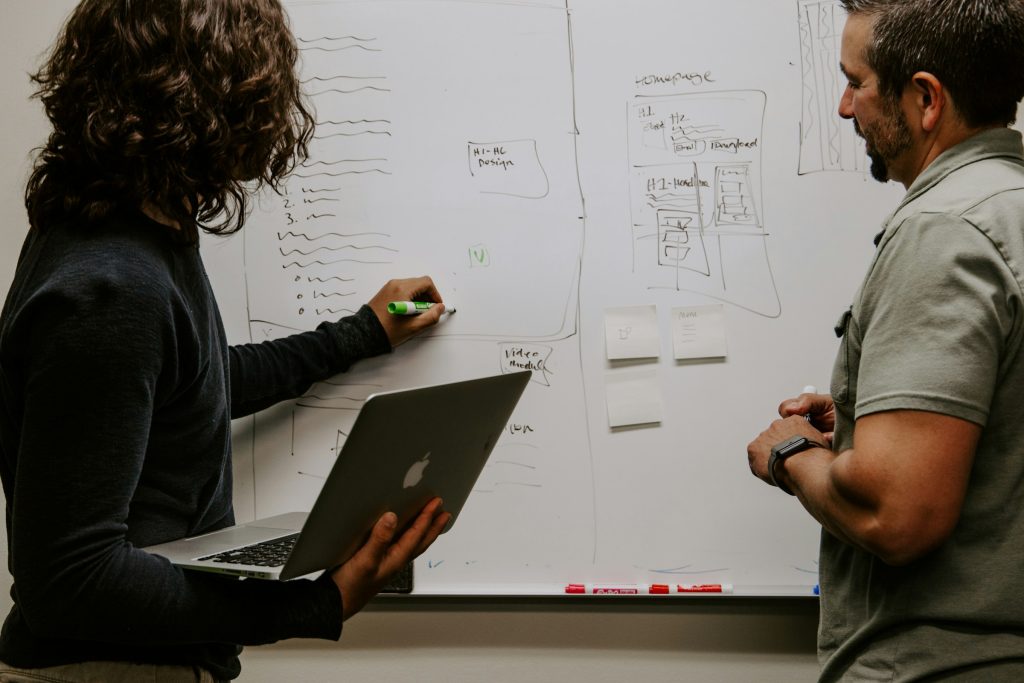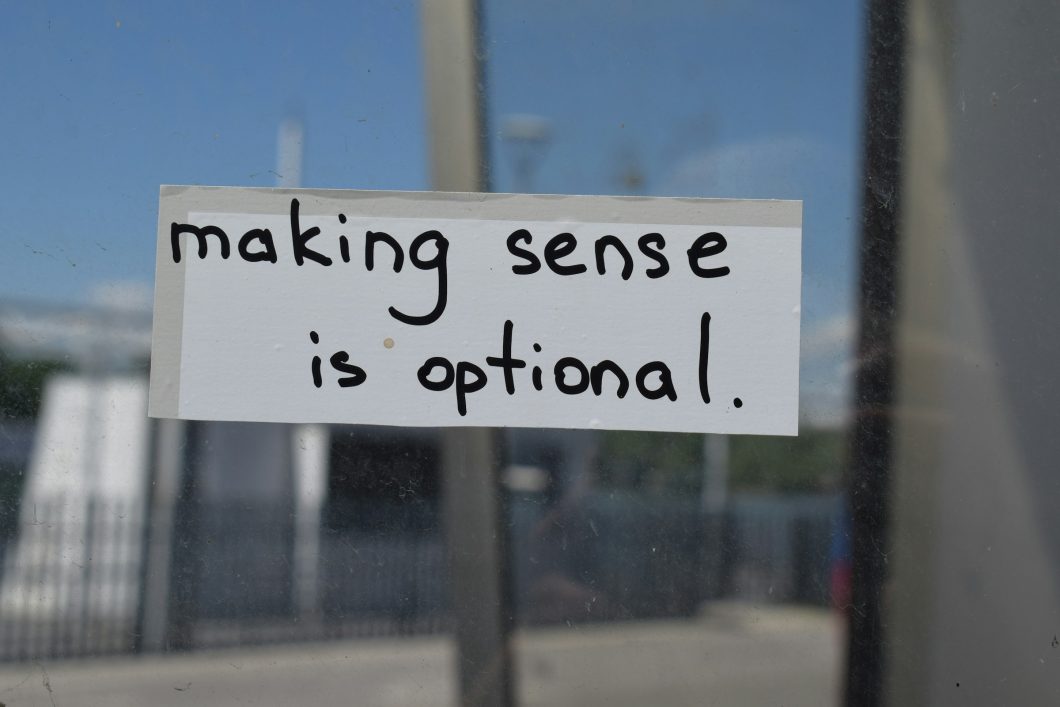In his seminal work on systems thinking, The 5th Discipline, Peter Senge described 3 ways that we can approach the challenges we face, ranging from reactive to a more sense-making approach.
To help us understand where we can grow and improve our personal and organisational effectiveness it can be useful to reflect on where our learning edges lie. As you read this article I invite you notice and reflect on where your natural area of focus is and what feelings or judgements surface as you read the other options.
Reactive

The first level is Reactive. Here we work on the symptom with a tactical fix. This fits with our “bias for action” and is often the preference for people who love “solving problems” or for people who are in roles where they are rewarded for being “problem solvers”. While this can be useful, the issue with this approach is that as quickly as we solve one problem, another will usually appear because the dis-ease that the issue was a symptom for still exists. The underlying risk with this approach is that, with the systems remaining unchanged, before too long our behaviour to address the issue becomes a bigger issue and we find ourselves in an organisation full of whack-a-mole problem-solvers where nothing seems to get better.
Working this way is of course never-ending, and while it takes a lot of energy and money, it can make us feel really productive and useful for a time. If we step back though we will notice how here we are constantly trying to stem the flow of the system rather than listening to what it is trying to tell us.
Responsive

At this level, we focus on the strategic fix. When working this way we might look at roles, processes, procedures, and governance that we can change or introduce to help reduce the likelihood of our issue recurring. This is a level up from the reactive fix and here we are starting to look at the level of the system, but we are still focused on the problem, introducing levels of control, and not yet asking what our patterns might be inviting us to look at and what unspoken truths they might be sign-posting. As well as never really getting to what lies beneath our issues, a risk here is that we create a system that relies on management intervention to re-organise around issues, which still resurface until the tension is addressed. In turn, this holds us back from achieving higher levels of self-organisation, interdependence, and autonomy.
Both of these first two approaches are unlikely to be systemic in nature, by that I mean that they are not working in a way that is in tune with the origins of the system. Instead they usually work to react to or adjust the flow of the system with counter-measures. We often generate the feeling of doing good this way but this is largely illusory and working this way is much more expensive in management costs, and emotional effort. As soon as we remove the management scaffolding the system returns to its natural state. A good example of this type of change could be the imposition of an pre-defined organisational framework (like SAFe) or a foreign intervention in another country like America in Afghanistan.
Generative

The third level that Senge describes requires a metanoia for the leader, a shift in heart and mind set. Proponents of Wilber’s Integral coaching might describe this as the shift towards Integral or Teal from Orange. When we work at the generative level of systemic change, it is less about the fix or the intention to change the system through action. Instead this is about working to tune into the system and developing understanding for where there is tension or where parts might be entangled and then looking to restore balance and flow. We look back to go forward. Plato taught that the part can never be well unless the whole is well, so working at this level requires a stilling of the mind, consciously stopping, developing compassion for all our parts, and making space for the unspoken beliefs, the excluded members, or the complex loyalties from our past that are shaping our present and defining our future. It invites us to say what mustn’t be said and to listen to the excluded voices in our shadows.
This might sound like a leap but a good first step here, is to lead with your gut and your heart. To do this, we tune into the feelings and secret truths present in the environment: does it feel stuck in an unhelpful pattern? is there a sense of fear to try new things? does it feel difficult to say no to taking on more work? or is it something else?
We then remain curious about what this feeling or behaviour pattern asking us to look at. Who or what might this pattern be remembering? When was this pattern a solution?
We share some of the ways that we use a blend of these approaches in this article.
Systemic Work

There are many ways and practices to approach working at Senge’s generative level, and this has been described in Hellinger’s Systemic Constellations work, Scharmer’s Theory U from MIT, and even Confuscius’ 7 spaces of meditation, all of which include a somatic and sense-making way of relating and tuning in when the complexity is too great for the mind alone to comprehend.
We can’t learn this entirely from a book or a short blog of course, the same way that we can’t learn to run without practice because this is learning for our body not just our head. Instead, we need to walk the path of self-discovery, opening our hearts and minds, to develop our ability to tune into the feelings and sense of a system. This is beyond Systems Thinking and touches at the core of who we are. As human beings we could feel and sense before we could think, so we are leaning back into our earliest senses and allowing the intelligence of our bodies and our intuition to guide the way.
Senge says “..a secret of the systems worldview, is that the system is not only out there, it is in here. We are seed carriers of the whole”, and so it is that we create clarity and movement on the outside by tuning into what we carry within us.
My name is Adrian. I help leaders and organisations navigate systemic complexity by slowing down and tuning in together, opening doors to awareness, and possibility. If you are a leader or coach and you feel drawn to exploring this path, please drop me a line.
